I am hosting a linky party with a phenomenal group of music educators this week. Our topic is Children’s Literature in Music Education! We’re going to share our favorite books we use in our music classrooms. After reading my post, be sure to check out the links below to get more ideas of children’s books to use in your classroom!
One of my favorite things to do with young students is instrument exploration. My students love to play instruments, but most do not possess the readiness to do so yet. Think of the first time you give a student an instrument – what do they immediately do? Play it in every way possible except the correct way! They explore all the different ways they can play it, tap it, scrape it, bang it, pat on different body parts, shake, etc. Their need for sound exploration precedes their readiness to play it “correctly” and “to a beat.”
When I began to understand my students’ need to explore, I started creating lessons that allowed for this type of activity. Children’s books were the perfect vessel for instrument exploration. It gave my students a context to explore a variety of instruments and timbres and it provided the readiness my students needed to play and perform on instruments correctly.
This is an activity I learned years ago at an Orff workshop. My kindergarten and first grade students always want to know “when am I going to play the xylophones?” Although they may not have the readiness to play an ostinato or bordun, they do have the readiness to explore the sounds a xylophone makes. Begin by reading the story to your students. I tend to read/sing stories to my students the last 5 minutes of class as a way to calm them down to transition them back to their classroom teacher and to preview an activity we are going to do next class. In preparation for the next class, I have all of the Orff instruments set up on the floor with mallets. When the students enter, we sing our hello song and do any other music work that needs to be done before going to instruments. I always have the students recap the story with me before introducing the instruments. I name each instrument and model how to play them. We talk about how to hold a mallet and where to play on the bar. Then we review what the caterpillar ate on Day 1 and I play 1 bar. On Day 2, I play 2 bars. On Day 3, I play 3 bars and so on. (Because this is exploration, I don’t worry about setting up the instruments in pentatonic. I’ve done so before, but the activity turns to “why are bars missing” etc.) Then I invite students to each instrument and we practice the same. When I bring a children to an instrument, I have one child playing and one child observing alongside them. Then when we transition to the next student, the one who just played teaches the one who was watching. As the second student prepares to play, I pair them with another student who gets to observe (and so on). The Very Hungry Caterpillar is a classic story that gets students exploring and playing your Orff instruments quickly.
This might be my favorite book of all to use in elementary music. It has fabulous, rich vocabulary and is perfect for exploring environmental sounds as music. Once again, begin by reading the story to your students. Ask them to identify the different kinds of rain in the story. When I read this story, we do not begin with instruments. Instead, we use small wood mallets on a hard surface (small dry erase board or books). We practice holding the mallets the correct way, then tapping them softly on our hard surface – to match the dynamic of sprinkle rain. Then we practice tapping them a bit harder to match the dynamic of steady rain. Then we practice tapping them loudly to match the dynamic of a thunderstorm. Once we’ve mastered tapping at different dynamic levels, then we go back to the story. I read the story as my students accompany the story with their mallet rainstorm. Sometimes I don’t read the story at all – I simply turn the pages as the students play the dynamic expressed on that page. If I want to extend the activity with real instruments, we add in rainsticks, ocean drums, and thunder drums. All add a unique timbre to the sound of the rain!
What are your favorite children’s books to use in the elementary music classroom? Comment below, or if you have a blog, link up using the linky below!


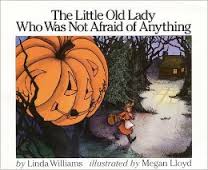


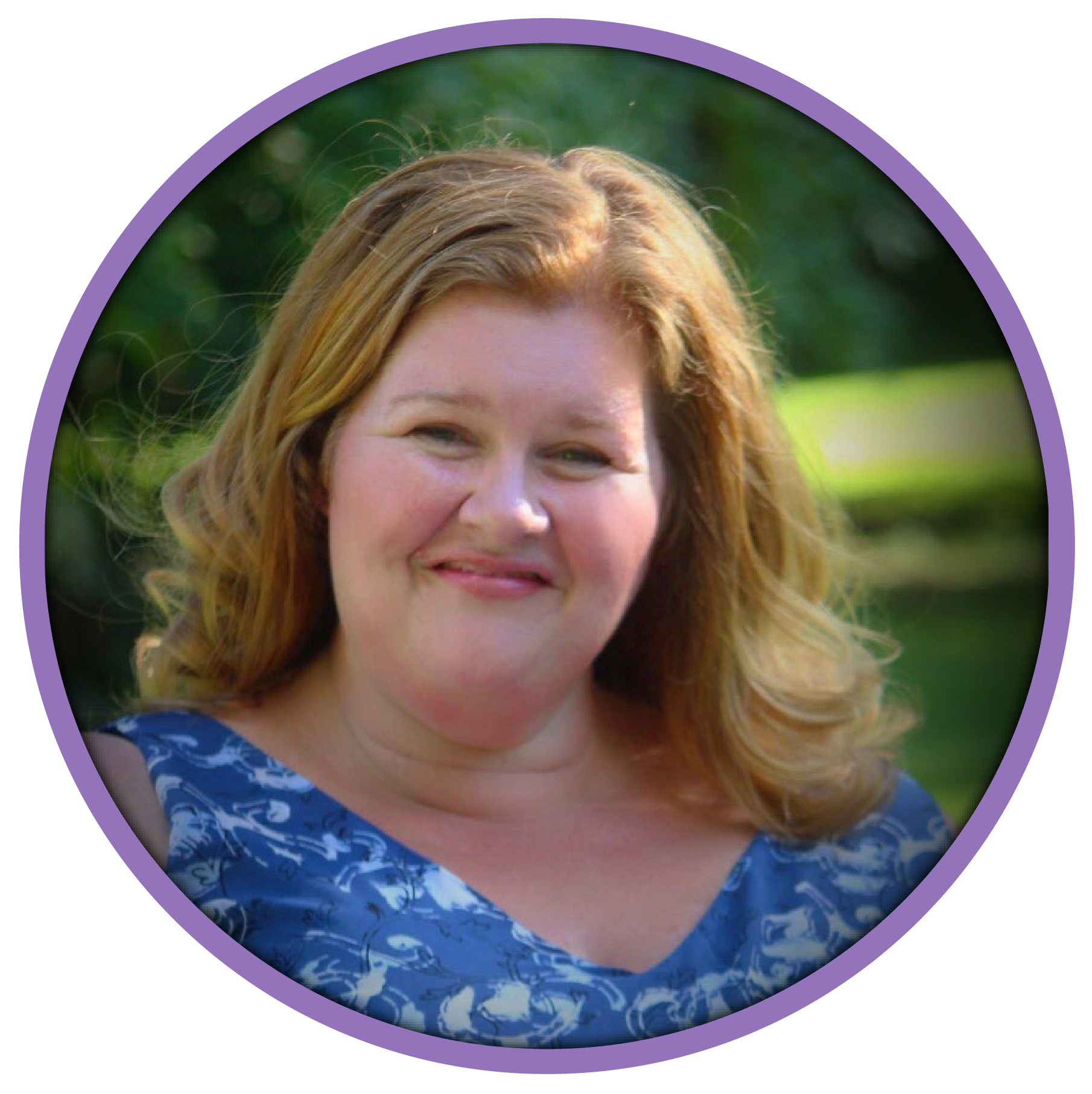
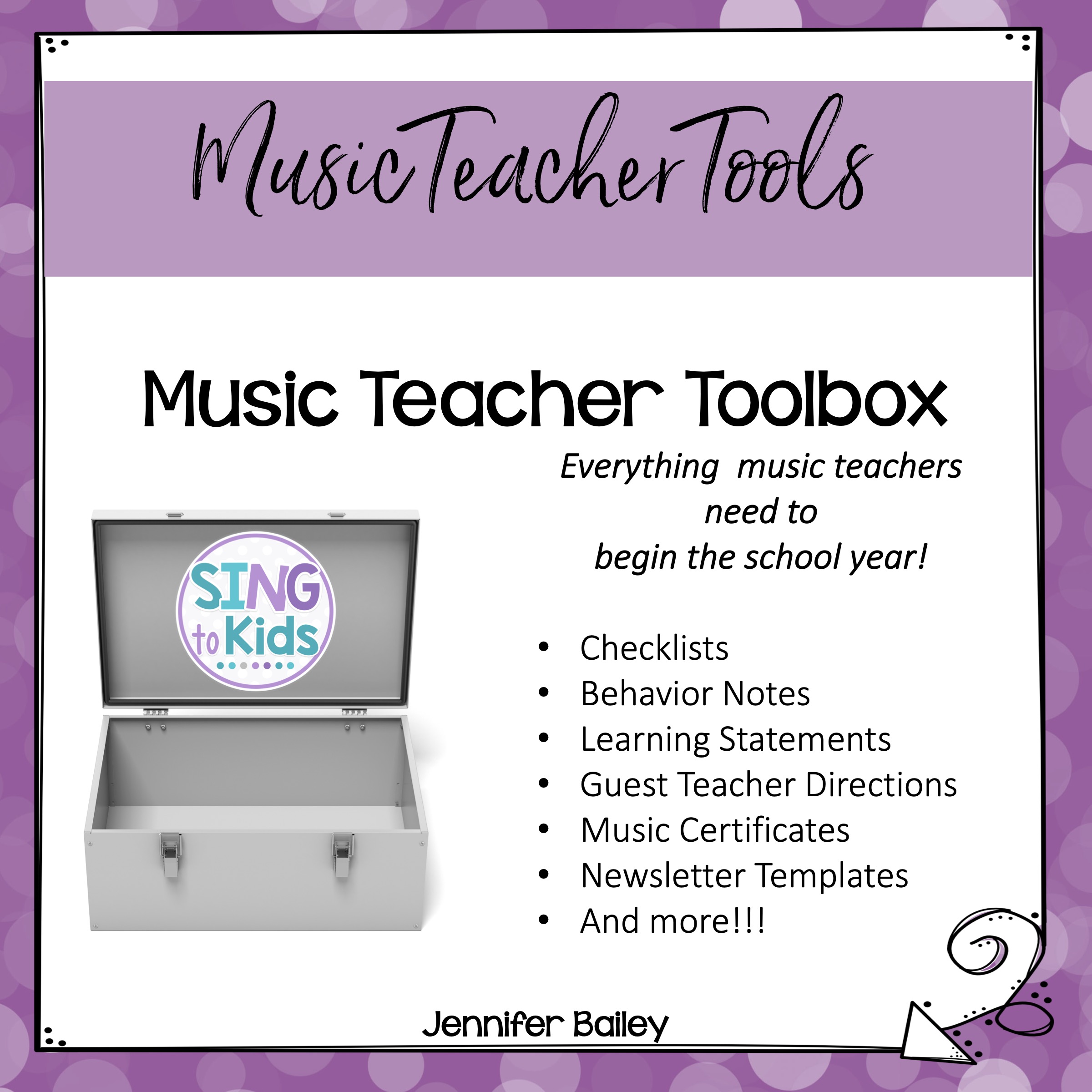

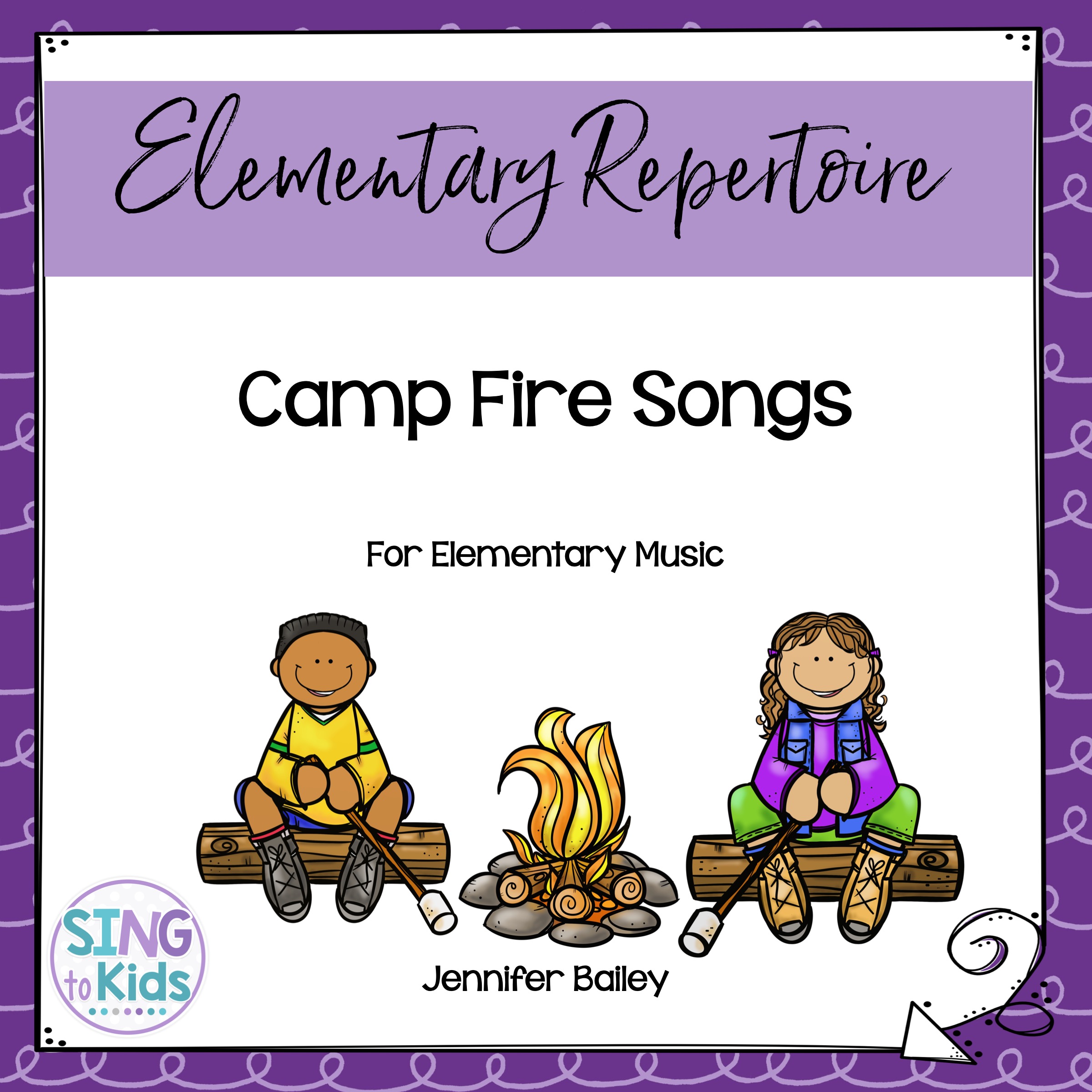
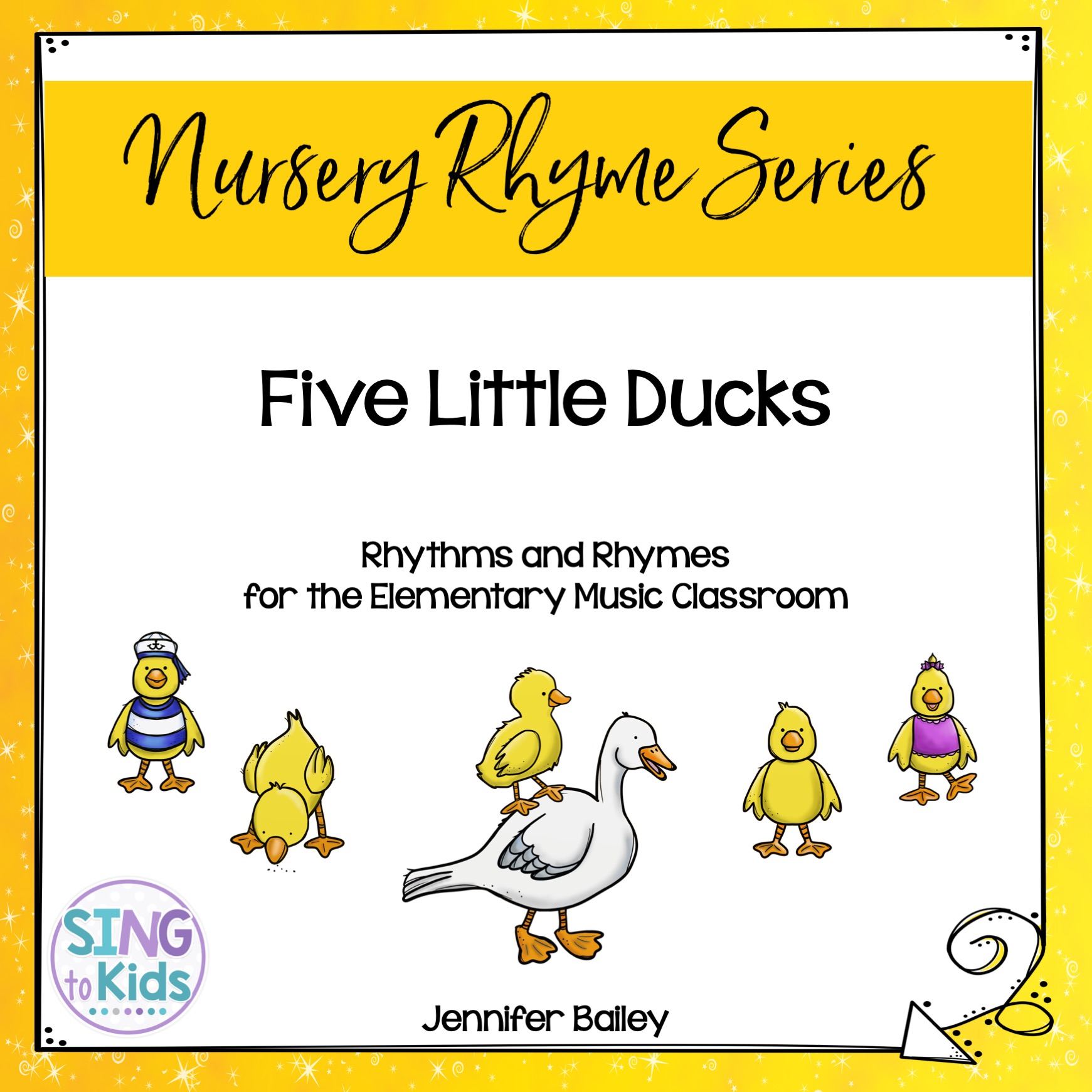
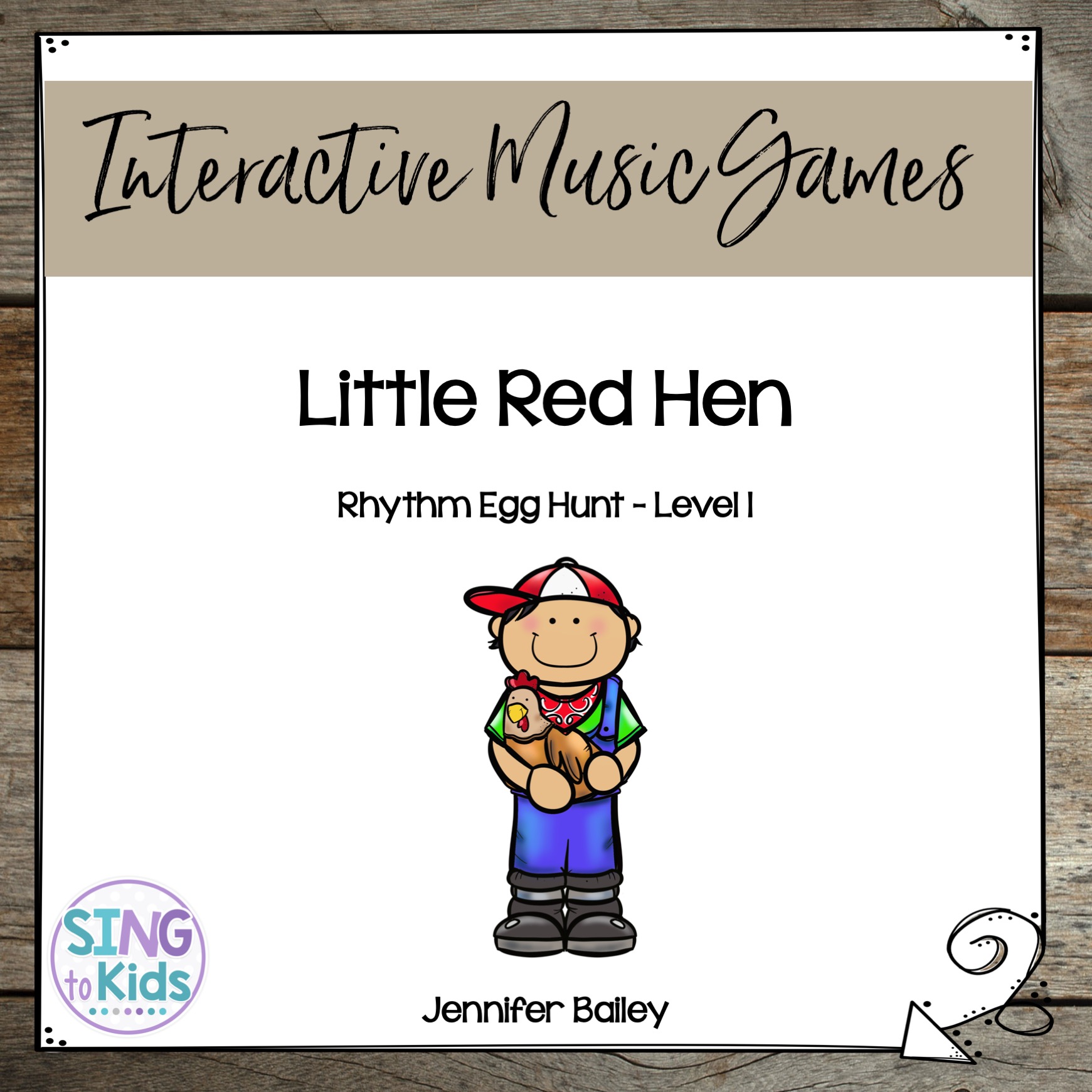
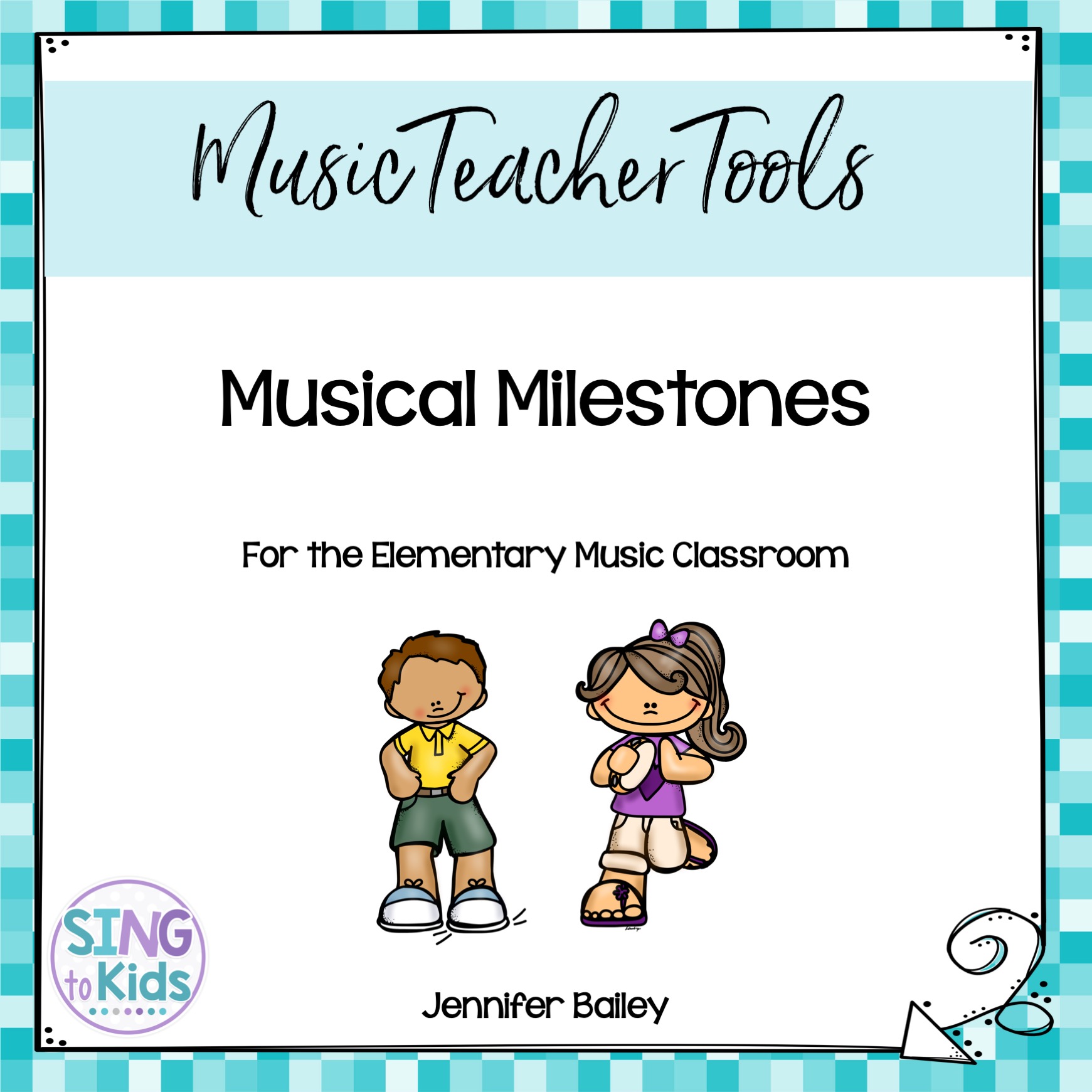
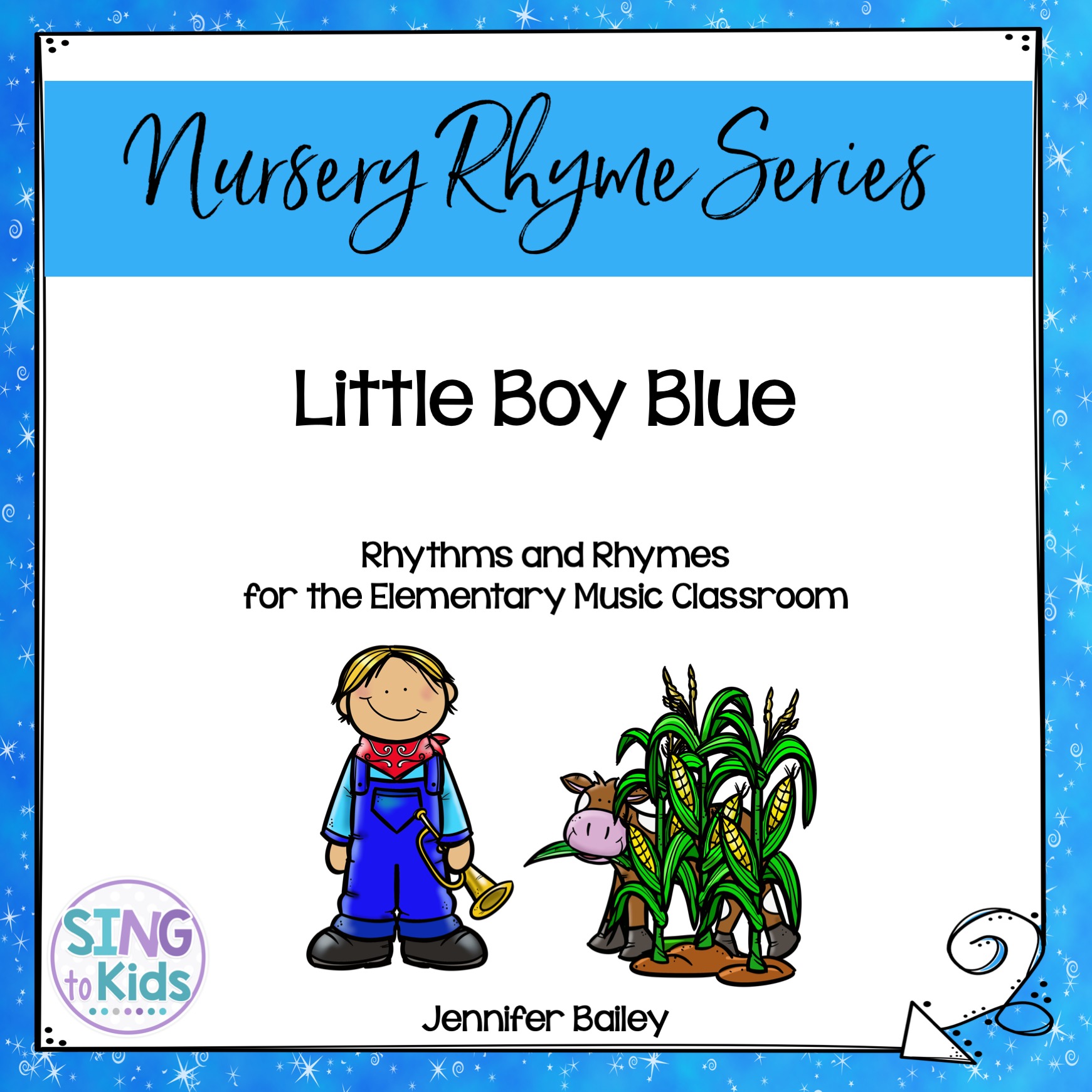
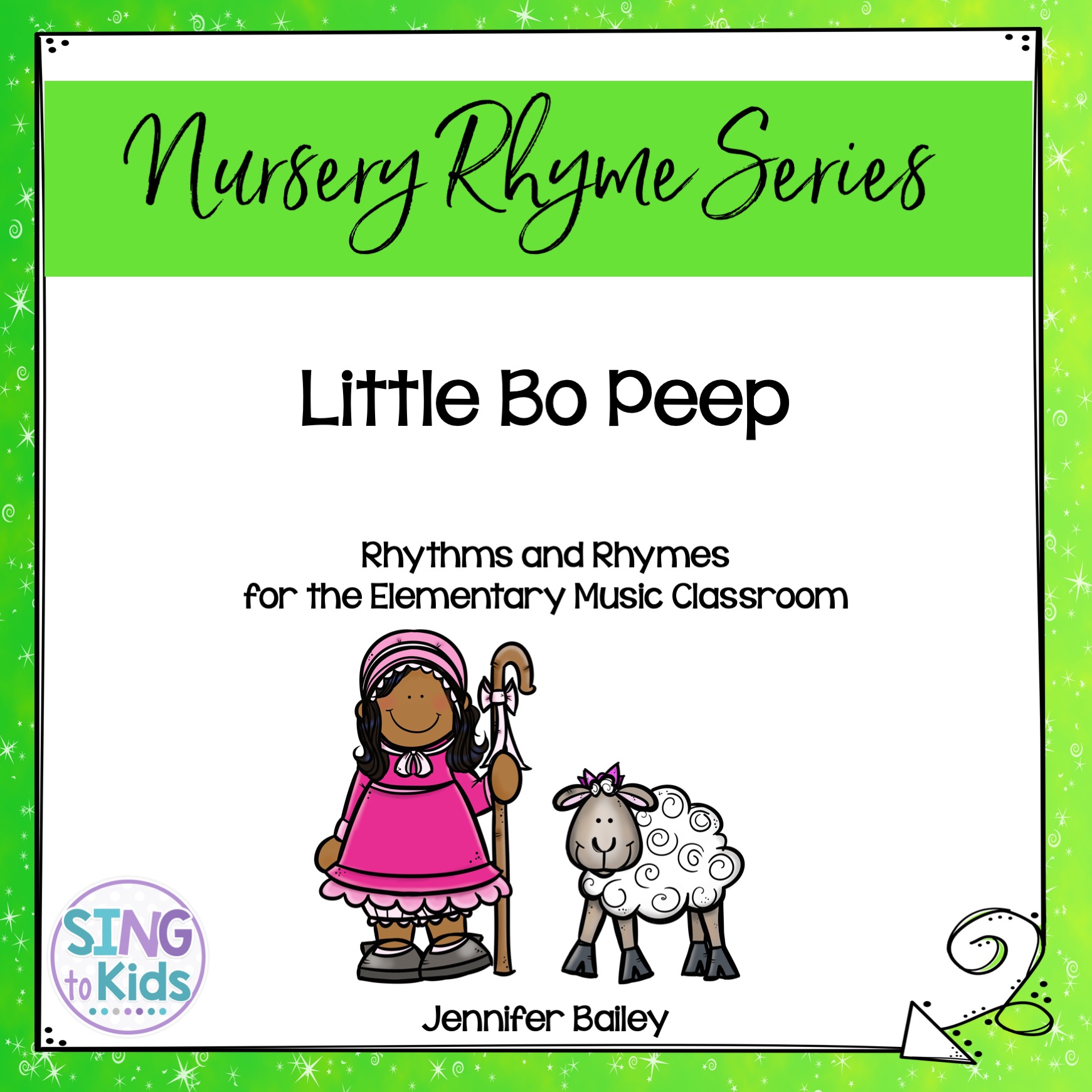
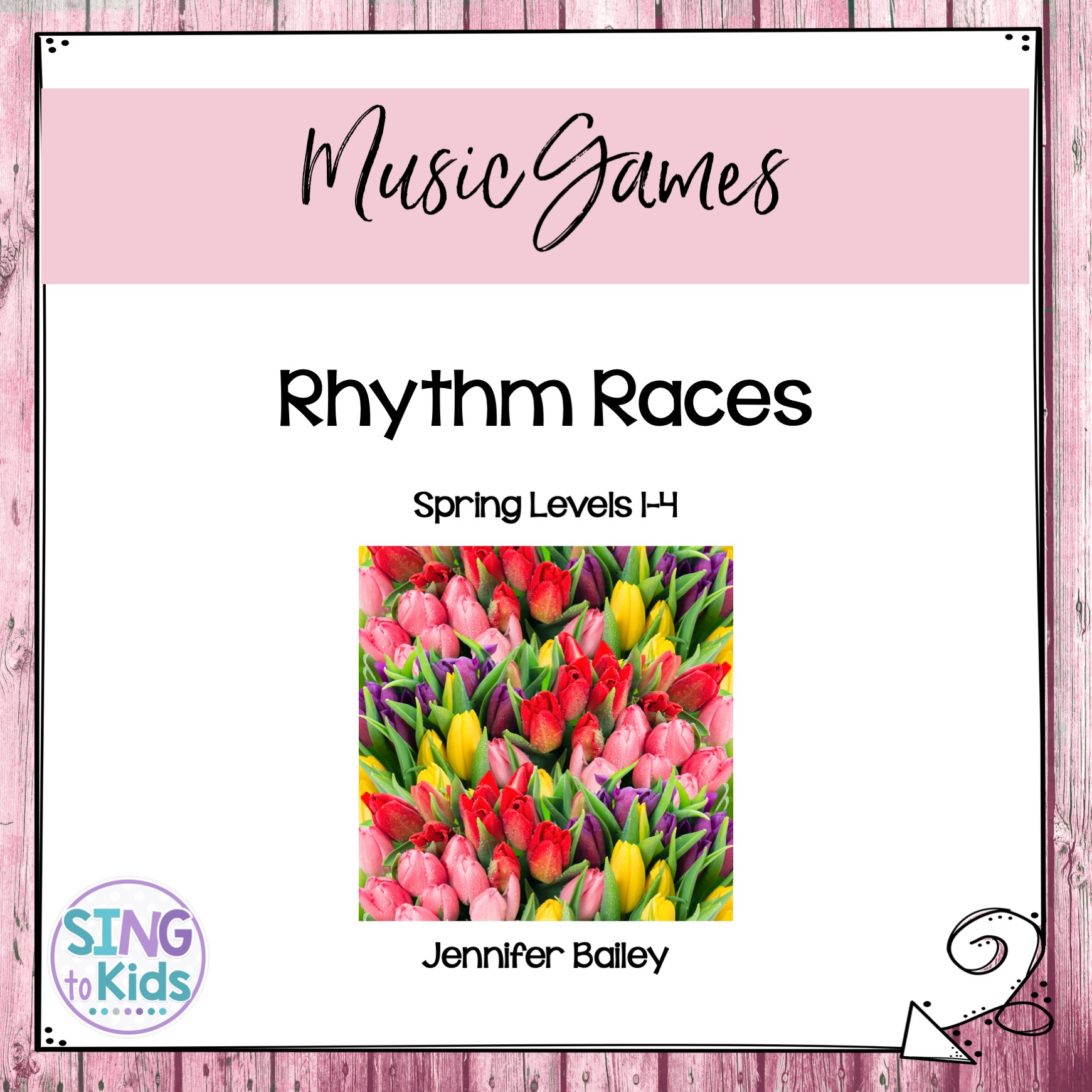
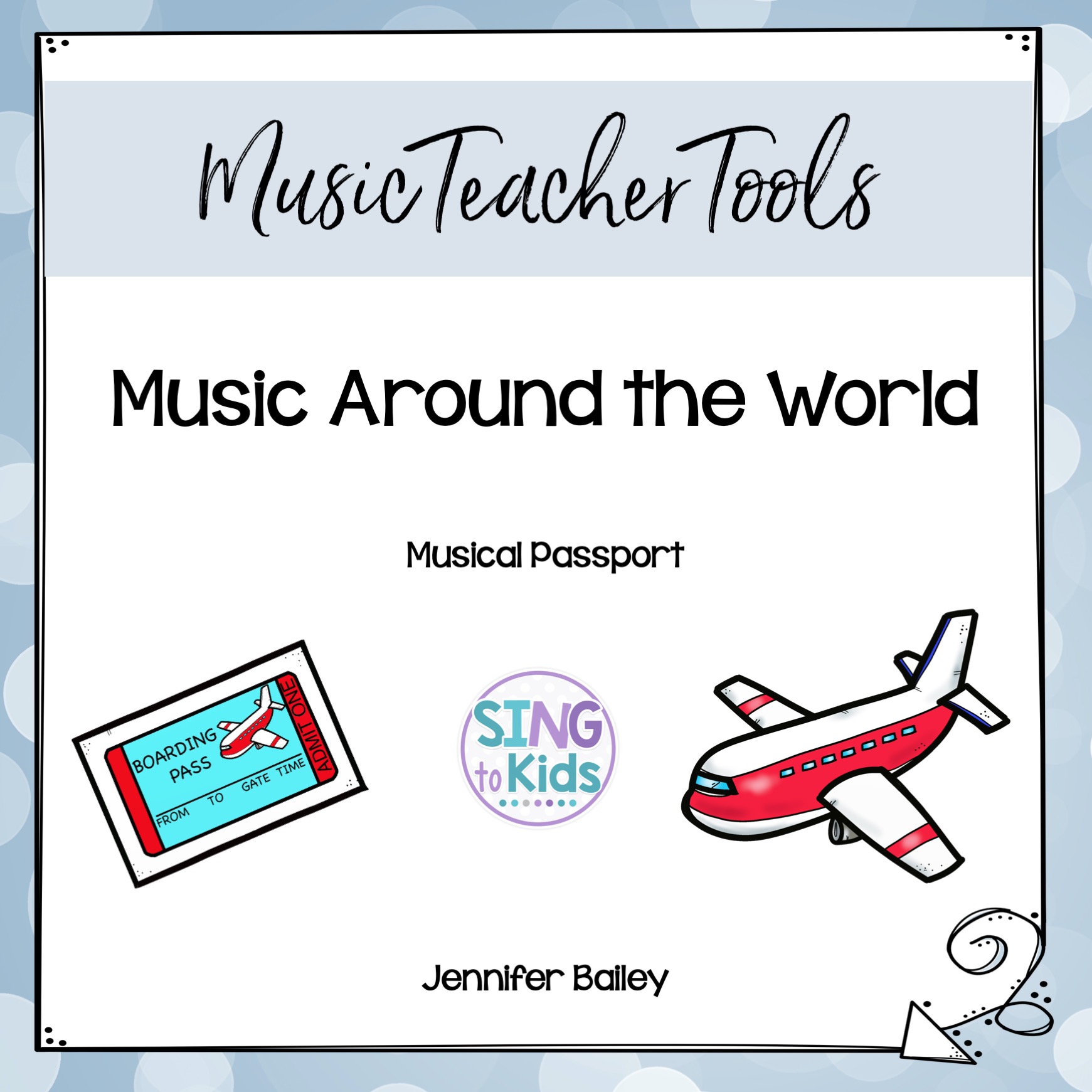
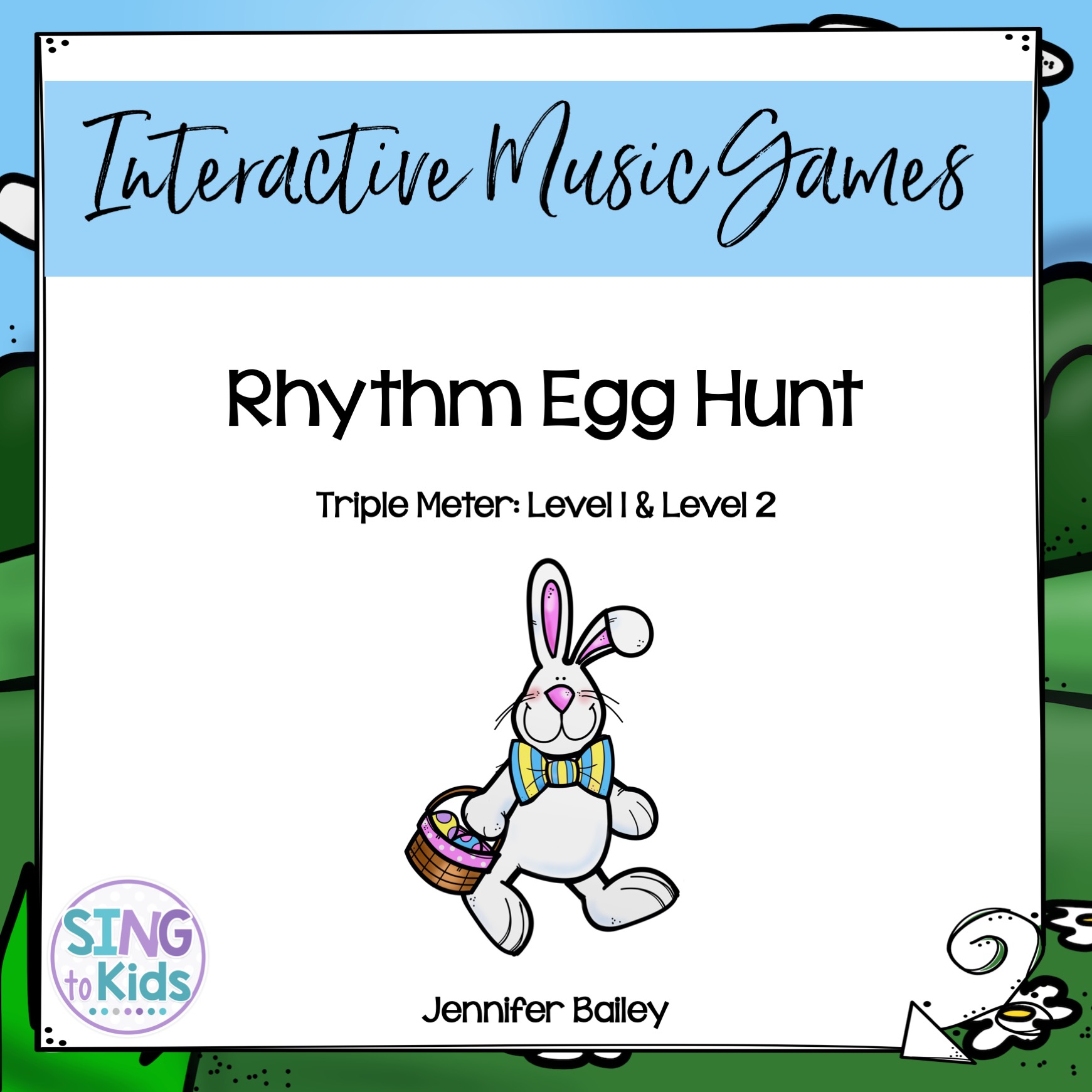
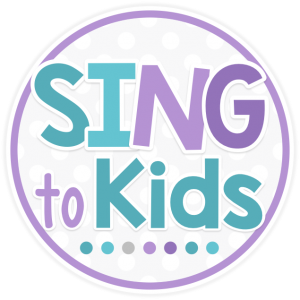

These are great and I don't have a single one of them in my collection! In other news though I just ran across a very cute parody of Eric Carle's Hungry Caterpillar called Very Hungry Zombie!
Ooo! I'll have to look into that one! It sounds like something my boys would love! Listen to the Rain is my favorite of all! Definitely worth checking out!